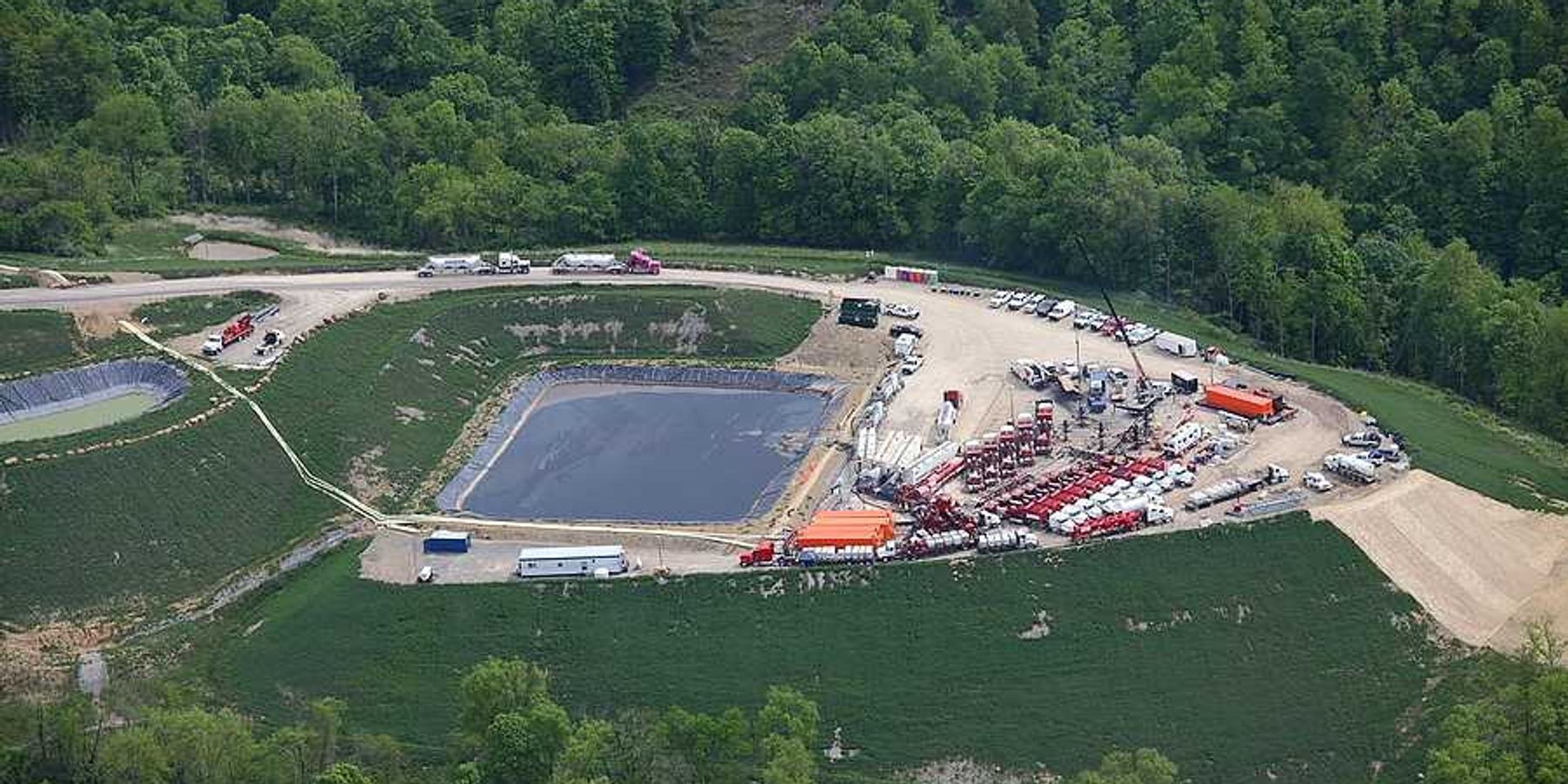
Op-ed: Farmers of color need climate action now. The farm bill is our best hope.
Farmers of color who are leading the charge for regenerative farming, as they have done for generations, need our support now more than ever.
As summer heats up, we all find ourselves wondering, how hot will this one be?
Several of the last summers have been the hottest summers on record. For farmers, who depend on clement weather for their livelihoods and to feed our communities, a sudden heatwave or an erratic downpour amplified by climate change can cause real harm to livelihoods. Often, it’s not easy to ‘bounce back’ or finance repairs to damaged farms.
Last summer, Ashanti, a farmer in upstate New York, experienced severe flooding from a nearby stream that immersed half of her growing field in water. She managed to salvage some of her crop by using a high tunnel (a plastic-covered structure that extends the growing season), but the flooding delayed her farmer’s market sales and food pantry deliveries, causing Ashanti to lose income needed for daily business expenses. While some towns are now implementing early response systems for extreme weather, none were in place to mitigate the damage to Ashanti’s farm.
For most farmers, climate change is not a future problem, but a daily challenge. This is especially true for Black farmers like Ashanti, as well as Indigenous and other farmers of color who are particularly vulnerable due to well documented discrimination by the USDA and by banking institutions. When climate disasters hit, these systemic challenges have prevented many such farmers from receiving loans to pay for repairs to damaged farms, or from owning land, as opposed to leasing it.
As advocates for farmers with the HEAL Food Alliance and Northeast Farmers of Color Land Trust, we’ve seen firsthand how farmers of color struggle to deal with climate challenges amid a systemic lack of resources and the impacts of structural racism. Our organizations have worked with dozens of farmers who steward their land, but lack access to the capital they need to adapt to climate change or to secure the long term land tenure stability that makes investment in climate adaptations more feasible. Community leaders have warned of this need for years, but opportunities for federal action have been limited – until now.
Amid growing opposition to clean energy and climate resilience investments, an unexpected avenue for climate justice has emerged – the Farm Bill, an over $400 billion legislative package that funds key federal programs and shapes our country’s food and agricultural policy. This year, Congress has the opportunity to make a historic investment in regenerative farming practices that would meaningfully reduce emissions that come from agriculture and provide real relief to farmers of color.
For example, in the so-called ‘Black Dirt’ region of Orange County, New York, known for its fertile black soil, Latine and Black farmers are pushing for meaningful investments in regenerative agricultural practices and climate resilience programs that protect the land and food security. Many of these farmers don’t own the land that they work - and if they do, they are recent land owners. Because they lack land security, spending their own capital on large scale infrastructure is a huge risk. So several dozen farmers of color from the area have asked for funding assistance with drainage for over a year without success. Funding to add more climate-resilient ditches to their farms would help them withstand flooding and also protect other nearby farms. But as both lessees and more recent owners of their farmland, they have less local political clout than landowning constituents and are more likely than long-standing landowners to face barriers to adopting new farming strategies. To support these farmers and others across the country who are burdened by climate change, the next Farm Bill could expand resources to support farming practices that protect and restore soil health. Healthy soils are more likely to bounce back from flooding and other adverse impacts of climate chaos. In addition to supporting local food economies, these practices can reduce emissions and other toxic pollutants, and revitalize ecosystems.
Amid growing opposition to clean energy and climate resilience investments, an unexpected avenue for climate justice has emerged – the Farm Bill.
Black, Indigenous, and other land stewards of color have long used regenerative farming methods rooted in traditional ecological knowledge. For example, the Diné people of the Navajo Nation have practiced alluvial farming, or planting crops in soil that has formed from sediment deposits, for hundreds of years. This maximizes the nutrients and water that crops receive - without depending on chemical fertilizers or pesticides. Indigenous and immigrant farmers of color have innovated new approaches like these that are rooted in cultural traditions of respect for the land, water, seeds, and life that sustain us. They’ve done so even while confronting seizure of their land, theft of their labor, harm from industrial agriculture, and contamination of their land and water.
These farmers know that investing in regenerative farming can ensure climate resilience and protect local economies. The Farm Bill is among our best chances to make this a reality. By establishing protections and meaningful supports for farmers who are most vulnerable to climate change, the Farm Bill can propel us toward our climate goals while allowing farmers of color to adapt to new uncertainties that climate change has created.
In May, the Senate released a long-delayed Farm Bill proposal while the House released their draft of text for the 2024 Bill. We were happy to see that the Senate proposal includes traditional ecological knowledge as a part of conservation and climate programs, and includes provisions for the protection of Inflation Reduction Act (IRA) funds for conservation and climate spending. This is a step in the right direction for our nation's farmers, and for our environment.
Unfortunately, we see the exact opposite in the House Agriculture Committee’s Farm Bill draft, which does little to address farmers’ concerns about climate change. In fact, the Bill moves us backwards. The House Bill removes climate-related safeguards in conservation programs stipulated by the Inflation Reduction Act, which was passed in 2022 and provided historic investments for fighting climate change. To be clear, the 2024 Farm Bill must be a climate bill. Removing support for climate-related programs and practices will not only further disadvantage farmers who are investing in regenerative agriculture and traditional ecological knowledge to build resilience in their operations, but wreak havoc on the nation’s food security.
As climate extremes worsen, the architects of this Farm Bill must change their strategy if they hope for the survival of farmers, communities, or our economies. Farmers of color who are leading the charge for regenerative farming, as they have done for generations, need our support now more than ever, and deserve a farm bill that puts climate front and center.













